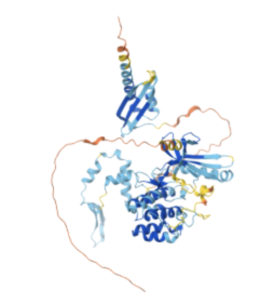In a review article (mechanistic overview on mitochondrial regulation by natural products) Qin et al. from the Qingdao Medical College & Qingdao University, Pharmaceutical University, Nanjing published in the Neural Regeneration Research journal to summarize how natural products modulate mitochondrial dysfunction (biogenesis, dynamics, transport, mitophagy, apoptosis, oxidative stress) for stroke treatment, and identify barriers to clinical translation. Natural products act via multi-target mechanisms on mitochondrial processes to exert neuroprotection in both ischemic and hemorrhagic stroke models, but clinical translation is impeded by product complexity, lack of standardization, insufficient multicenter data, and unclear long-term safety. Future directions include advanced technologies (single-cell sequencing, organoid models) and multicenter trials 1).
Critical review
*✅ Strengths*
-
Comprehensive mechanistic mapping: the article clearly organizes effects into six mitochondrial regulatory domains and links specific natural compounds (e.g., Cordyceps, ginsenosides, Gypenoside XVII, Ginkgolide K, Scutellarin, Chrysophanol) to distinct pathways of protection.
-
Provides molecular insights: for instance, Cordyceps activates PGC‑1α/NRF‑1 to enhance biogenesis; Gypenoside XVII activates PINK1/Parkin mitophagy to protect the BBB.
-
Identifies translational challenges—standardization issues, safety gaps, and absent systemic trials are analyzed realistically, demonstrating awareness of clinical hurdles.
*❌ Weaknesses*
-
Lacks summary of methodological rigor: no discussion of dosage, sample sizes, or statistical quality of cited in‑vivo/in‑vitro studies.

